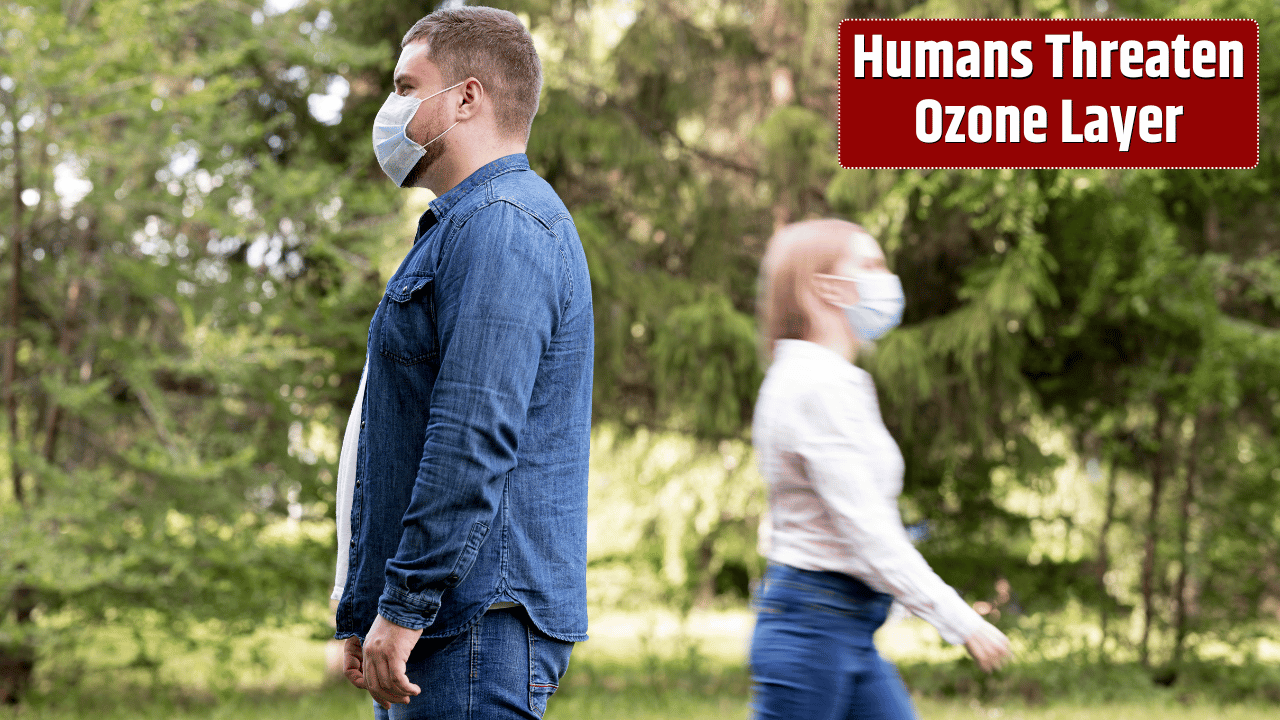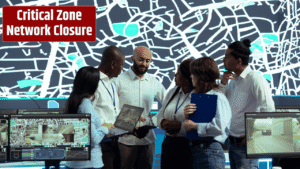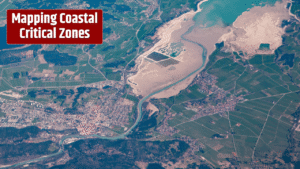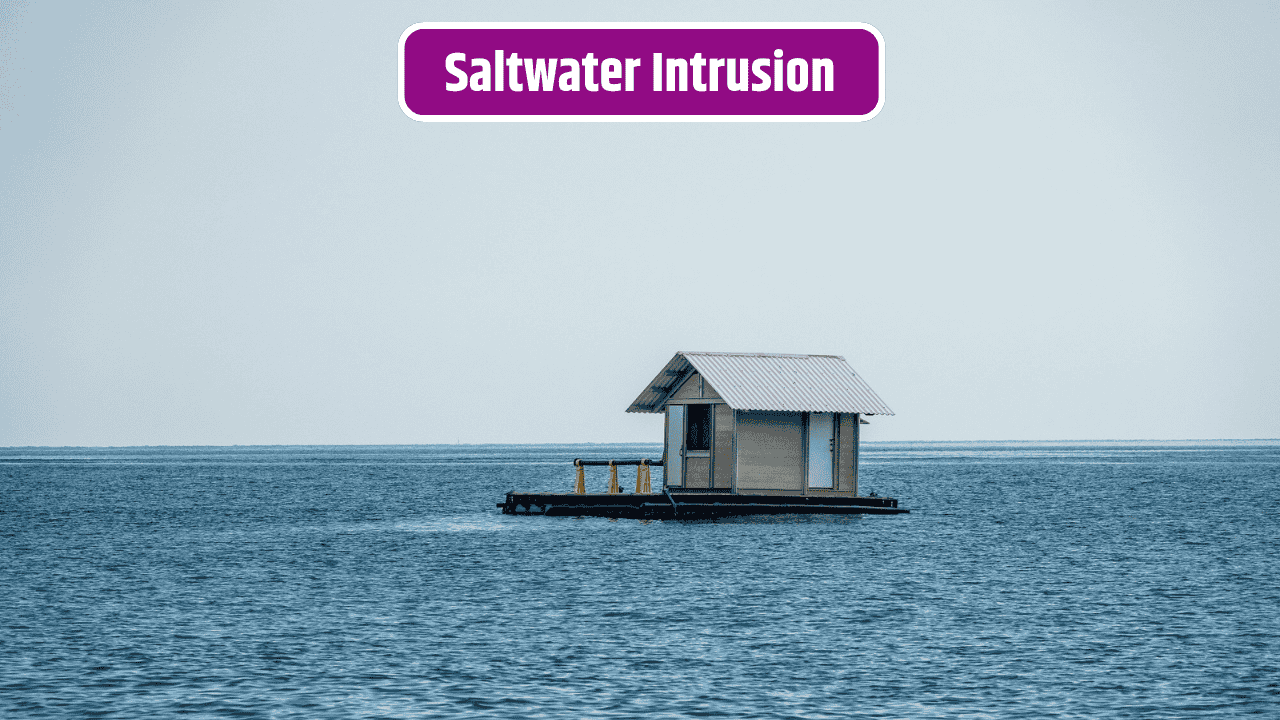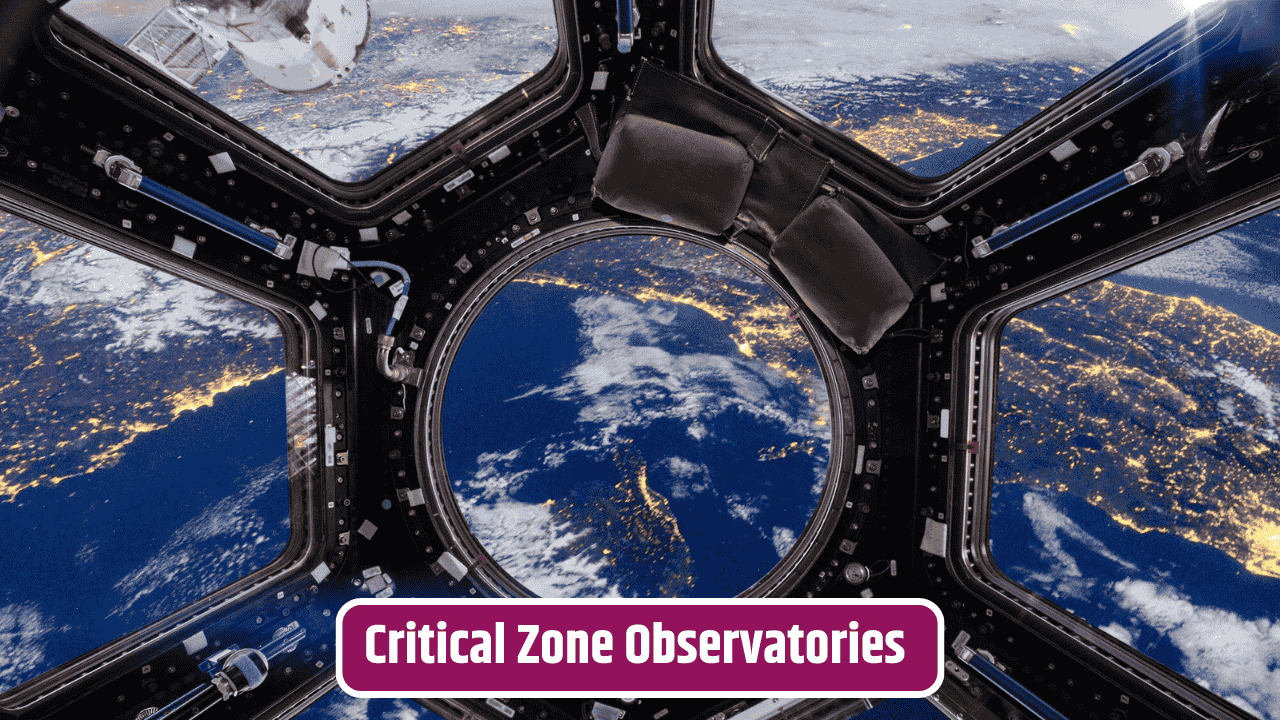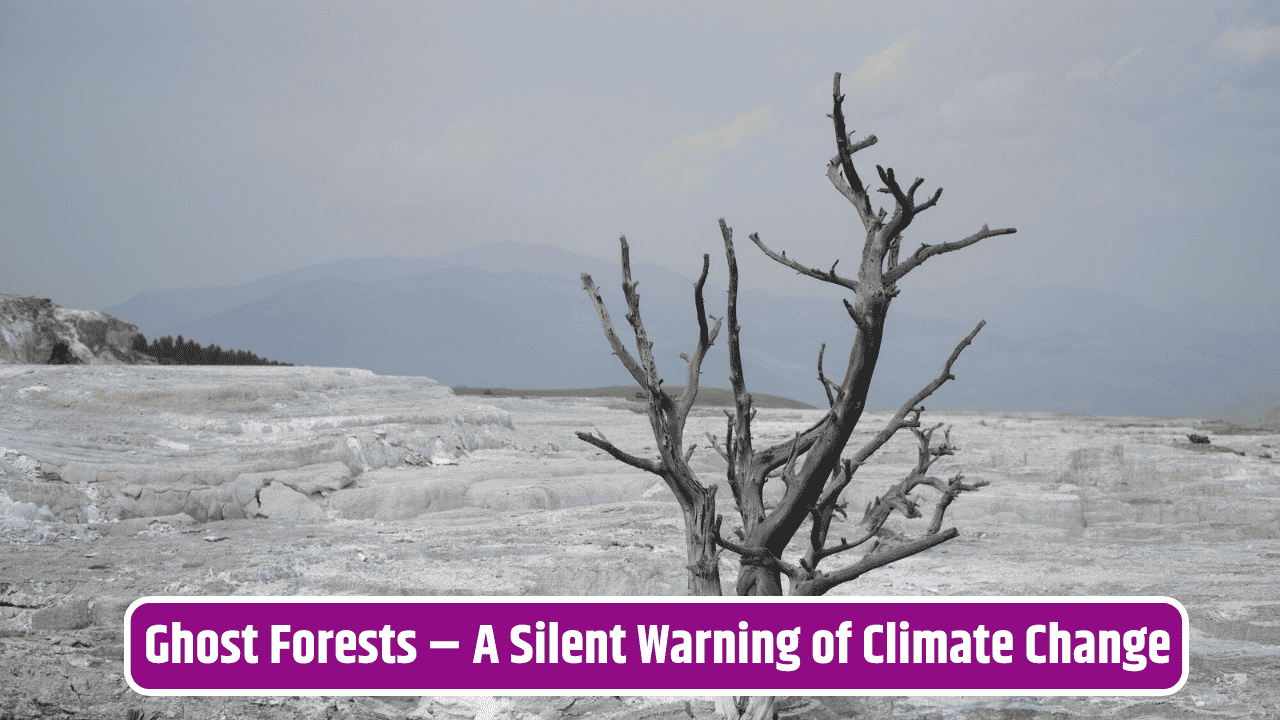When people talk about saving the planet, the conversation often jumps to cutting carbon emissions, protecting rainforests, or cleaning up oceans. All critical, of course. But there’s a quieter crisis unfolding right under our noses—or more precisely, under our feet. The thin, fragile layer scientists call the Critical Zone—stretching from bedrock to treetops—is being chipped away by human activity every single day. And here’s the kicker: it’s this zone that makes life possible. Without it, we’d have no clean water, no fertile soil, no functioning ecosystems.
Table of Contents
What Exactly Is the Critical Zone?
Think of the Critical Zone as Earth’s living skin. It runs from the canopy of trees down through soil, roots, rocks, and groundwater. It’s where air, water, minerals, and organisms interact in an incredibly delicate balance. This is the layer that grows crops, filters drinking water, regulates climate, and sustains biodiversity. In short, it’s our life-support system.
It may not sound glamorous compared to space exploration or AI breakthroughs, but this layer decides whether we eat tomorrow, whether rivers run clean, and whether climate stays remotely stable.
How Human Activities Are Disrupting It
Unfortunately, our modern way of living is poking holes in this system. And unlike a cut on human skin, the Earth’s skin doesn’t heal quickly.
| Human Activity | Damage to the Critical Zone | Real-World Example |
|---|---|---|
| Deforestation | Loss of canopy, soil erosion, biodiversity decline | Amazon rainforest logging |
| Industrial Agriculture | Overuse of fertilizers and pesticides, soil degradation | Midwest “corn belt” facing nutrient runoff into rivers |
| Urbanization | Concrete sealing off soil, disrupting water cycles | Expanding cities across Asia and Africa |
| Mining & Extraction | Strips away soil and rock, contaminates groundwater | Open-pit mining in Appalachia |
| Over-pumping Groundwater | Depletes aquifers, land subsidence | Central Valley, California sinking due to excessive pumping |
Each of these activities chips away at the Critical Zone’s ability to do its job. Soil, for example, takes centuries to form but can be destroyed in a matter of years. Once it’s gone, rebuilding it isn’t just expensive—it’s practically impossible on a human timescale.
The Silent Water Crisis
Groundwater is part of this fragile zone, and we’re draining it faster than nature can replenish. According to the U.S. Geological Survey, aquifers across the western United States are being pumped at unsustainable rates. In India, groundwater depletion has already forced communities to abandon farmland. Add in pollution from fertilizers, sewage, and industry, and the safety net weakens further.
Soil: More Valuable Than We Think
Here’s a mind-bender—healthy soils store more carbon than all the world’s forests combined. But intensive farming practices strip away organic matter, leaving dirt less able to hold water or nutrients. The United Nations FAO estimates that one-third of the world’s soils are already degraded. Once soil loses its fertility, crop yields plummet, pushing food insecurity higher.
Why We Should Care Now
The Critical Zone isn’t just an environmental issue; it’s an economic and social one. When soil erodes, farmers lose income. When groundwater runs dry, cities scramble for alternatives. When deforestation disrupts rain cycles, entire regions face drought. These changes don’t stay “out there”—they show up in food prices, migration patterns, and even global security.
Can We Turn the Tide?
Yes, but it takes effort and foresight. Some solutions are surprisingly straightforward:
- Regenerative agriculture (like cover crops, crop rotation, no-till farming) restores soil health.
- Reforestation and afforestation bring back canopy cover and biodiversity.
- Water-smart policies can protect aquifers from overuse.
- Urban planning that includes green spaces allows soil to breathe, recharge, and filter water.
Governments, scientists, and local communities are starting to pay attention. The EPA has been promoting soil conservation and water management strategies, while grassroots farmers are experimenting with regenerative practices. But change needs to accelerate.
The Bottom Line
We’re often told the Earth is resilient—and it is. But resilience doesn’t mean invincibility. The Critical Zone is fragile, and the way we treat it today will decide the kind of world we leave behind. It’s easy to overlook because it works silently in the background, but make no mistake: once this layer is damaged beyond repair, no amount of money or technology can easily replace it.
Maybe the real question isn’t whether we can afford to protect the Critical Zone. It’s whether we can afford not to.
FAQs
Why is the Critical Zone called Earth’s “skin”?
Because it’s a thin, life-supporting layer that covers the Earth, much like skin covers and protects the human body.
How quickly is soil being lost worldwide?
The UN estimates that fertile soil is being lost 10 to 40 times faster than it’s forming.
What happens when groundwater runs out?
Wells go dry, rivers shrink, and farming becomes nearly impossible in many regions.
Can damaged soils be restored?
Yes, but it takes decades of careful management and practices like composting, cover cropping, and reforestation.
Is urbanization always harmful to the Critical Zone?
Not necessarily—cities can design green spaces, permeable pavements, and rainwater harvesting to reduce harm.

